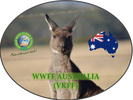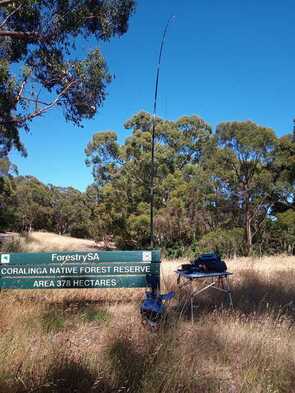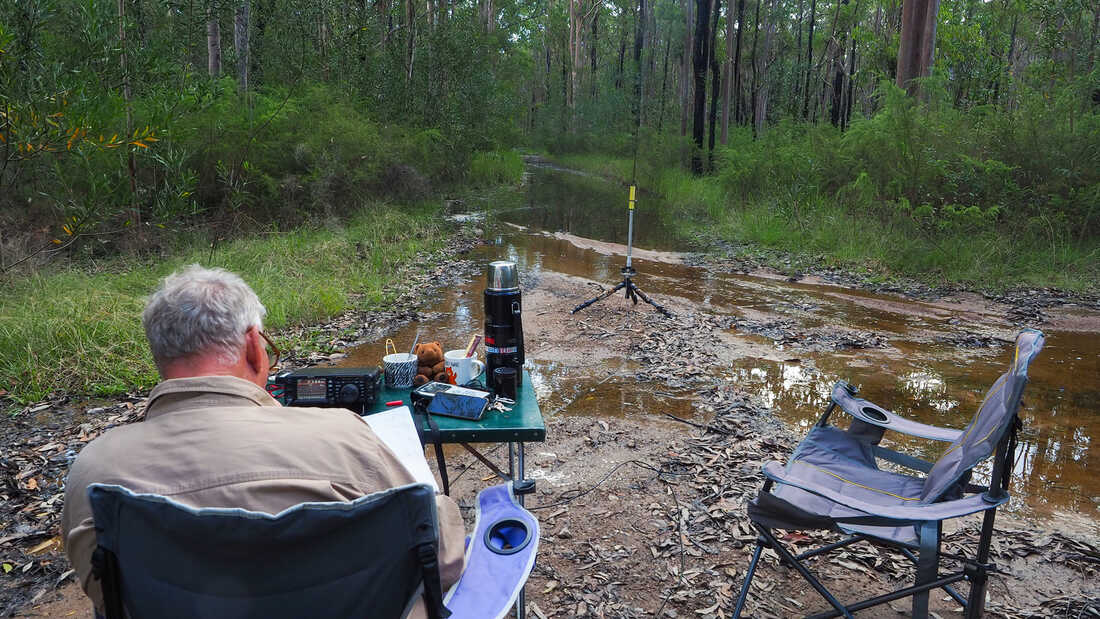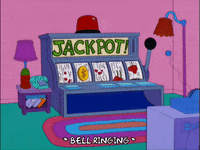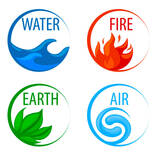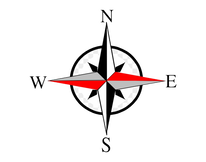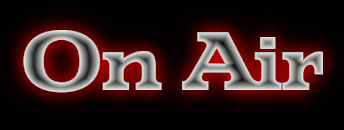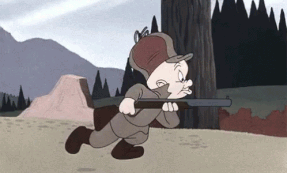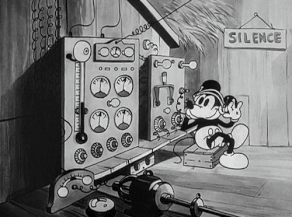HOW TO GET STARTED IN THE VKFF/WWFF PROGRAM.
On this page you will be able to find out how to get started and involved in the VKFF/WWFF program.
The program is simple.
- Firstly register with Logsearch (more information below)
- Familiarise yourself with the VKFF rules.
- If you are a Hunter, then sit back and work the activators.
- As a Hunter you do not have to upload anything to Logsearch. Only activators have their logs uploaded.
- If you are an Activator
- make sure you are in a qualifying park
- ensure all your equipment is within the park boundary
- submit your log at the end of the activation to the relevant State/Territory Representative.
ABOUT WWFF AND VKFF
Australia Flora and Fauna in amateur radio’ abbreviated as ’VKFF’ (VKFF), is an authorised partner of the World Wide Flora & Fauna (WWFF) program.
VKFF is a recognised National program of WWFF.
VKFF is a recognised National program of WWFF.
WHO IS THE PROGRAM OPEN TO?
The program is open to:-
- Activators
- Hunters
- SWL's.
Activators are those amateurs who operate portable from within a designated VKFF reference area.
Hunters are those amateurs who make contact with Activators who are operating portable from within a designated VKFF reference area.
Short Wave Listeners are those who hear and log the activities of Activators operating portable within a designated VKFF reference area.
Hunters are those amateurs who make contact with Activators who are operating portable from within a designated VKFF reference area.
Short Wave Listeners are those who hear and log the activities of Activators operating portable within a designated VKFF reference area.
HOW DOES VKFF WORK?
VKFF operates on the accrual of VKFF reference areas. It is not a point based system.
TRACKING YOUR PROGRESS IN VKFF.
VKFF Activators and Hunters can track their progress in the VKFF program by referring to WWFF Logsearch, which is the online database for the WWFF program.
This where you should start. Register on WWFF Logsearch whether you intend to take part as either an Activator or a Hunter, or SWL.
More information on how to access Logsearch and how to register can be found on the 'All about WWFF Logsearch' page.
This where you should start. Register on WWFF Logsearch whether you intend to take part as either an Activator or a Hunter, or SWL.
More information on how to access Logsearch and how to register can be found on the 'All about WWFF Logsearch' page.
AWARDS.
The global WWFF program offer a number of awards. Details on those awards can be found on the wwff.co website.
Many of the National programs offer their own certificates. This includes the VKFF program.
The majority of awards are issued via WWFF Logsearch.
More information on VKFF awards can be found on the VKFF Awards page.
If you would like to view a list of amateurs who have been issued VKFF award certificates, please have a look at the VKFF award recipients page and follow the links.
Many of the National programs offer their own certificates. This includes the VKFF program.
The majority of awards are issued via WWFF Logsearch.
More information on VKFF awards can be found on the VKFF Awards page.
If you would like to view a list of amateurs who have been issued VKFF award certificates, please have a look at the VKFF award recipients page and follow the links.
FREQUENCIES.
The following are recommended global WWFF frequencies.
Please remember, that no individual or a group ‘owns’ a particular frequency.
Phone
CW
Please remember, that no individual or a group ‘owns’ a particular frequency.
Phone
- 3.644
- 7.144
- 14.244 or 14.310 (popular frequency in Australia)
- 21.244
- 28.444
CW
- 3.544
- 7.024
- 14.044
- 21.044
- 28/044
WHAT DOES '44' MEAN?
During a VKFF QSO you may hear reference to the term ‘44’.
The first digit ‘4’ represents the four elements: water, fire, earth & air.
The second digit ‘4’ represents the four directions: north, south, east, and west.
The first digit ‘4’ represents the four elements: water, fire, earth & air.
The second digit ‘4’ represents the four directions: north, south, east, and west.
INFORMATION FOR ACTIVATORS.
Activators are those amateurs who operate portable from within a designated VKFF reference area.
Firstly, please familiarise yourself with the VKFF rules.
Make sure the park you intend to activate, qualifies for the VKFF/WWFF program. A full list of qualifying parks appears on the individual State and Territory pages of this website. You can also download the WWFF Directory from the WWFF global website or from the 'Latest WWFF Directory' page on this website.
Ensure that access to the park is permitted. It is the responsibility of the Activator to ensure that access is allowed.
To locate the specific boundaries of various parks, you may want to download the KMZ file/s from the relevant State/Territory pages on this website or the Files section of the WWFF Australia Groups.io page. They can also be found on the parksnpeaks website. You can use these with Google Earth or My Google maps to see where all the qualifying parks are and their boundaries. .
Whether you be a park activator, or a park hunter, register with WWFF LogSearch, so you can track your progress and apply online for awards. This is a free and easy process. Just follow the prompts. You will receive an email from the Log Search administrator, thanking you for registering, and asking you to verify your email address by clicking on a link. You will then receive another email from the administrator, thanking you for confirming your email on Log Search. Your account will then be activated shortly thereafter. You can find detailed information on how to register for Logsearch on this website at the 'How to register with Logsearch' page.
WWFF is a popular program. When calling CQ from a park, there is a good chance that you will end up with a 'pile-up'. Familiarise yourself with the process in working a pile-up. If you are in a park, and operate on 20m during the long path to Europe period in Australia's afternoons, you will invariably end up with a pile up (if the conditions are good). You will also possibly end up with a 'mini VK pile up' on 40m as the park activities are becoming increasingly more popular in VK. There are many excellent resources on the internet with regards to working pileups. Here are some links.....
http://dx-code.org/DXpednew.htm
http://www.on4ww.be/tips.html
Place your intended activation plans on the WWFF Agenda...
http://wwff.co/agenda/
and on parksnpeaks.
You may also consider placing your intentions on the WWFF Australia Groups.io page
and/or the WWFF Australia Facebook page.
Remember that it is not recommended to 'self spot' on the DX Cluster (see the Code of Conduct for the DX Cluster). However, self spotting on parksnpeaks is accepted and is regular practice by park activators.
Also familiarise yourself with propagation conditions. Know which bands are open and when. Check the solar figures. All of this will go a long way towards a successful activation.
http://www.ips.gov.au/HF_Systems/1/1
Try to operate on one of the nominated WWFF calling frequencies (this may not always be possible), e.g. 7.144, 14.244.
Try to be on air at the time that you have stated you will be (this may not always be possible)
Weekends will clearly provide better results with respect to the number of callers that you receive. However, many weekday activators are reaching the 44 QSO threshold in a single weekday activation.
Call 'CQ WWFF'. You may also want to mention the name of the park that you are in and the VKFF reference number when you call CQ.
Ask the first few park hunters that call you, if they would mind spotting you on the DX Cluster and/or parksnpeaks. Once you have been spotted, you will generally notice a dramatic increase in the number of callers.
Remember, you need 10 QSOs to qualify the park for the Australian (VKFF) awards and 44 QSOs to qualify the park for the 'global' WWFF certificates. These can be over multiple activations. Example.......
You activate Grampians National Park VKFF-213 on 1st January 2015. This is the very first time you have activated this park, and you manage 9 contacts during the activation. You have neither qualified the park for the Australian (VKFF) awards (you require 10 contacts), nor the WWFF global awards (you require 44 contacts). But you go back the next day on 2nd January 2015, and get a further 35 contacts. You have now exceeded the required 10 contacts for VKFF, and you have also reached the required 44 contacts for the 'global' awards.
You can work the same station (call sign) on different bands or in different modes. However you cannot work the same call sign on the same day on the same band in the same mode.
Patience is a virtue. Do not give up after a few CQ calls. Keep calling your lungs out if there are no takers. Once you have been found and spotted, the number of callers generally increases dramatically.
Be frequency agile. Try different bands and modes. Don't just rely on 40m SSB.
Remember, it is the number of references that you work from, not the number of QSOs when it comes to awards, e.g. 10 VKFF reference areas required for the Bronze VKFF Activator certificate.
After activating the park, please send your log to the relevant State/Territory representatives so that the log can be uploaded to WWFF Log Search. Do not send the logs to the WWFF Log Search administrator. Logs for VK activations need to go to the State/Territory reps (details of these can be found on the VKFF Team page).
Even if you do not get the 10 QSOs, please still send in your log. You may end up going back to that park to get your remaining QSOs. As mentioned above, the QSOs are accumulative. Additionally, the hunters will need your log uploaded before they can claim the park.
Generally all VKFF awards are issued via WWFF Log Search. Please do NOT send emails, spreadsheets, handwritten applications for the VKFF certificates unless specified.
For more information on how to provide a log for upload, please consult the 'Activator log-everything you need to know' page.
Firstly, please familiarise yourself with the VKFF rules.
Make sure the park you intend to activate, qualifies for the VKFF/WWFF program. A full list of qualifying parks appears on the individual State and Territory pages of this website. You can also download the WWFF Directory from the WWFF global website or from the 'Latest WWFF Directory' page on this website.
Ensure that access to the park is permitted. It is the responsibility of the Activator to ensure that access is allowed.
To locate the specific boundaries of various parks, you may want to download the KMZ file/s from the relevant State/Territory pages on this website or the Files section of the WWFF Australia Groups.io page. They can also be found on the parksnpeaks website. You can use these with Google Earth or My Google maps to see where all the qualifying parks are and their boundaries. .
Whether you be a park activator, or a park hunter, register with WWFF LogSearch, so you can track your progress and apply online for awards. This is a free and easy process. Just follow the prompts. You will receive an email from the Log Search administrator, thanking you for registering, and asking you to verify your email address by clicking on a link. You will then receive another email from the administrator, thanking you for confirming your email on Log Search. Your account will then be activated shortly thereafter. You can find detailed information on how to register for Logsearch on this website at the 'How to register with Logsearch' page.
WWFF is a popular program. When calling CQ from a park, there is a good chance that you will end up with a 'pile-up'. Familiarise yourself with the process in working a pile-up. If you are in a park, and operate on 20m during the long path to Europe period in Australia's afternoons, you will invariably end up with a pile up (if the conditions are good). You will also possibly end up with a 'mini VK pile up' on 40m as the park activities are becoming increasingly more popular in VK. There are many excellent resources on the internet with regards to working pileups. Here are some links.....
http://dx-code.org/DXpednew.htm
http://www.on4ww.be/tips.html
Place your intended activation plans on the WWFF Agenda...
http://wwff.co/agenda/
and on parksnpeaks.
You may also consider placing your intentions on the WWFF Australia Groups.io page
and/or the WWFF Australia Facebook page.
Remember that it is not recommended to 'self spot' on the DX Cluster (see the Code of Conduct for the DX Cluster). However, self spotting on parksnpeaks is accepted and is regular practice by park activators.
Also familiarise yourself with propagation conditions. Know which bands are open and when. Check the solar figures. All of this will go a long way towards a successful activation.
http://www.ips.gov.au/HF_Systems/1/1
Try to operate on one of the nominated WWFF calling frequencies (this may not always be possible), e.g. 7.144, 14.244.
Try to be on air at the time that you have stated you will be (this may not always be possible)
Weekends will clearly provide better results with respect to the number of callers that you receive. However, many weekday activators are reaching the 44 QSO threshold in a single weekday activation.
Call 'CQ WWFF'. You may also want to mention the name of the park that you are in and the VKFF reference number when you call CQ.
Ask the first few park hunters that call you, if they would mind spotting you on the DX Cluster and/or parksnpeaks. Once you have been spotted, you will generally notice a dramatic increase in the number of callers.
Remember, you need 10 QSOs to qualify the park for the Australian (VKFF) awards and 44 QSOs to qualify the park for the 'global' WWFF certificates. These can be over multiple activations. Example.......
You activate Grampians National Park VKFF-213 on 1st January 2015. This is the very first time you have activated this park, and you manage 9 contacts during the activation. You have neither qualified the park for the Australian (VKFF) awards (you require 10 contacts), nor the WWFF global awards (you require 44 contacts). But you go back the next day on 2nd January 2015, and get a further 35 contacts. You have now exceeded the required 10 contacts for VKFF, and you have also reached the required 44 contacts for the 'global' awards.
You can work the same station (call sign) on different bands or in different modes. However you cannot work the same call sign on the same day on the same band in the same mode.
Patience is a virtue. Do not give up after a few CQ calls. Keep calling your lungs out if there are no takers. Once you have been found and spotted, the number of callers generally increases dramatically.
Be frequency agile. Try different bands and modes. Don't just rely on 40m SSB.
Remember, it is the number of references that you work from, not the number of QSOs when it comes to awards, e.g. 10 VKFF reference areas required for the Bronze VKFF Activator certificate.
After activating the park, please send your log to the relevant State/Territory representatives so that the log can be uploaded to WWFF Log Search. Do not send the logs to the WWFF Log Search administrator. Logs for VK activations need to go to the State/Territory reps (details of these can be found on the VKFF Team page).
Even if you do not get the 10 QSOs, please still send in your log. You may end up going back to that park to get your remaining QSOs. As mentioned above, the QSOs are accumulative. Additionally, the hunters will need your log uploaded before they can claim the park.
Generally all VKFF awards are issued via WWFF Log Search. Please do NOT send emails, spreadsheets, handwritten applications for the VKFF certificates unless specified.
For more information on how to provide a log for upload, please consult the 'Activator log-everything you need to know' page.
INFORMATION FOR HUNTERS.
Register with WWFF Logsearch, so you can track your progress and apply for awards.
Listen out on the recommended WFF frequencies, e.g. 7.144. 14.244. In Australia 7.090 and 14.310 are often used by park activators.
If you work a park activator, consider spotting the activator on the DX cluster and parksnpeaks. This will greatly assist the activator reaching their required QSO threshold, and will also assist fellow park hunters.
As a Hunter, you do not have to provide your log. Simply check your progress on WWFF Logsearch. Sit back, and let WWFF Log Search and the Award Managers do all the work for you.
All awards are issued via WWFF Log Search. Do not send paper logs, spreadsheets, emails, etc unless specified.
Please try to keep your overs short. Protracted overs will potentially only frustrate the activator and the hunters who are waiting to work the activator. Remember, the activator is seeking 10 and/or 44 QSOs and may often be working in adverse environmental conditions.
Listen out on the recommended WFF frequencies, e.g. 7.144. 14.244. In Australia 7.090 and 14.310 are often used by park activators.
If you work a park activator, consider spotting the activator on the DX cluster and parksnpeaks. This will greatly assist the activator reaching their required QSO threshold, and will also assist fellow park hunters.
As a Hunter, you do not have to provide your log. Simply check your progress on WWFF Logsearch. Sit back, and let WWFF Log Search and the Award Managers do all the work for you.
All awards are issued via WWFF Log Search. Do not send paper logs, spreadsheets, emails, etc unless specified.
Please try to keep your overs short. Protracted overs will potentially only frustrate the activator and the hunters who are waiting to work the activator. Remember, the activator is seeking 10 and/or 44 QSOs and may often be working in adverse environmental conditions.
INFORMATION FOR SHORT WAVE LISTENERS.
For VKFF SWL award certificates, please send an SWL list in XLS format to the VKFF National Co-Ordinator at [email protected]
